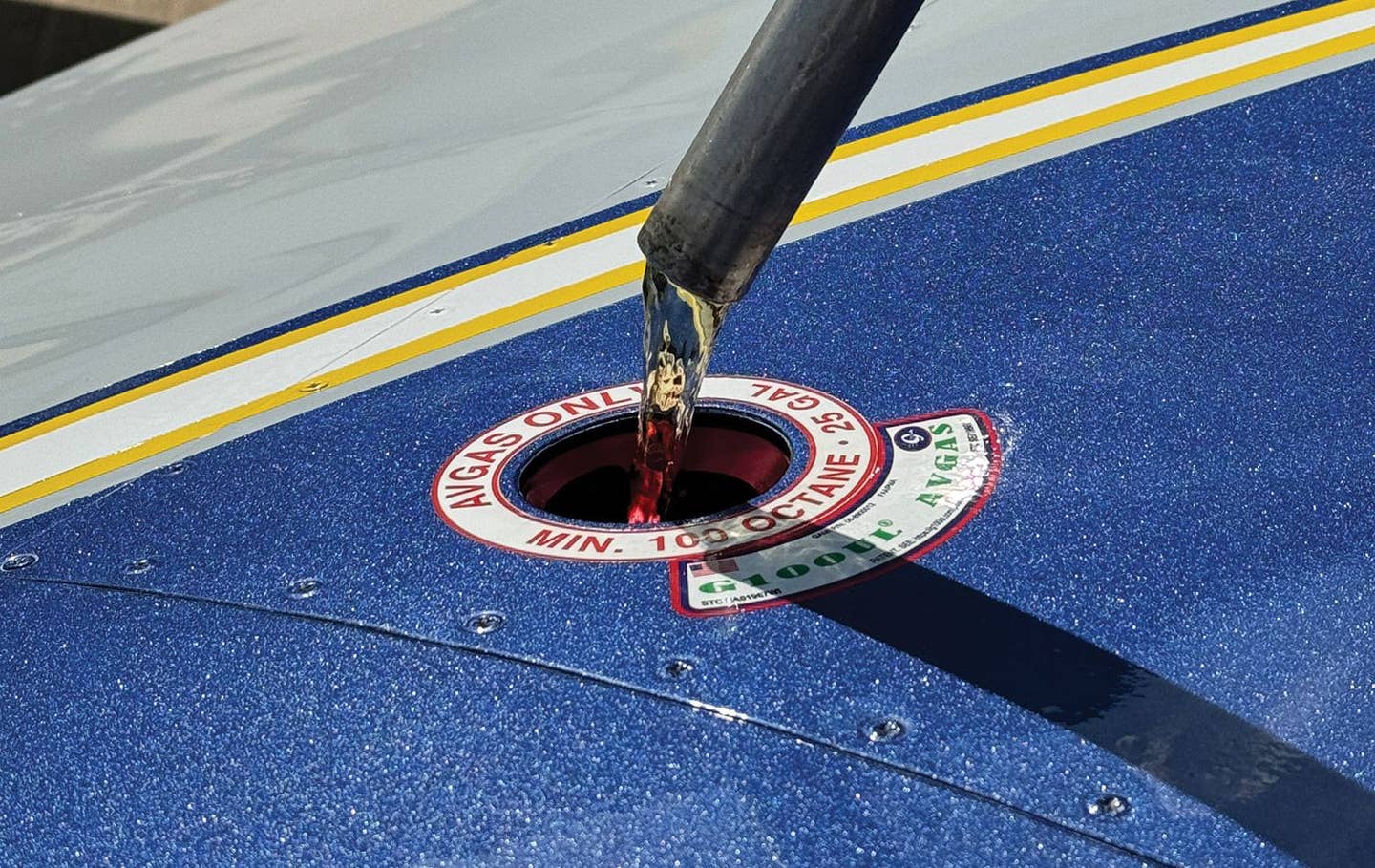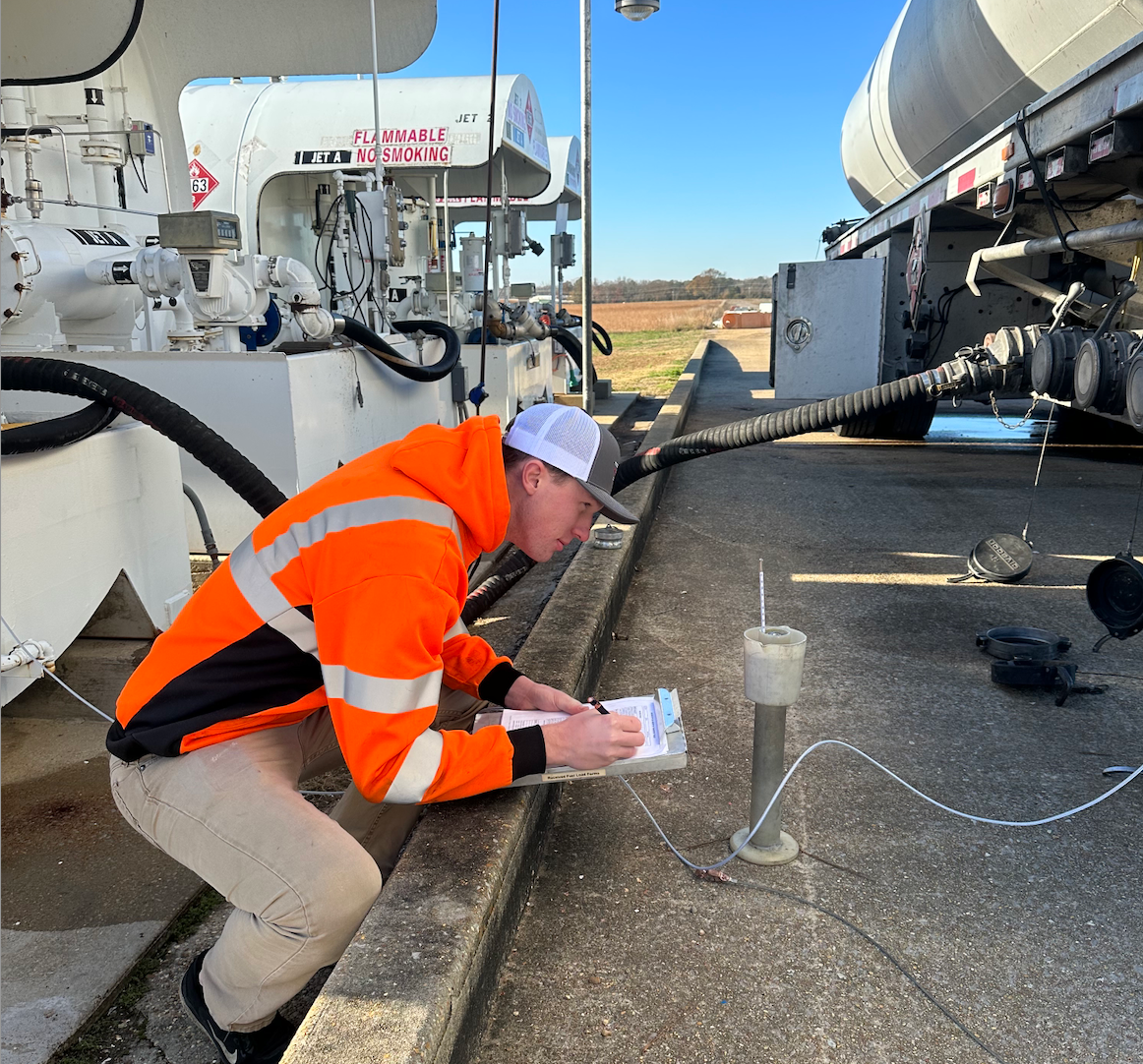Risk Management 101
Whether you’re in a business environment or making the “go/no-go” decision, eventually it all comes down to managing the various risks to which you could be exposed. The same is true when deciding on insurance coverage and assigning risks among owners, business partners, contractors and subcontractors. Tom Chappell of CS&A Aviation Insurance discusses the various considerations involved in minimizing and managing risk as well as the many options available.
 There has been a change in basic business practices throughout the aviation industry when considering insuring one's activities against loss. In fact, this new business phenomenon is surfacing in all industries. We are talking, of course, about refusing responsibility for your own actions if you can pass that responsibility on to someone else. It is not for me to judge if this is good or bad, moral or immoral. I only want to call your attention to what is thought of as good business.
There has been a change in basic business practices throughout the aviation industry when considering insuring one's activities against loss. In fact, this new business phenomenon is surfacing in all industries. We are talking, of course, about refusing responsibility for your own actions if you can pass that responsibility on to someone else. It is not for me to judge if this is good or bad, moral or immoral. I only want to call your attention to what is thought of as good business.
For years, we have avoided responsibility for our negligent acts and avoided the chance of economic loss by purchasing insurance. This continues to be a very acceptable approach to minimizing business risk, but, the premiums on all types of business insurance has become more expensive and, in some cases, coverage is simply not available. It is this expense and lack of industry capacity that has caused the average business to "think outside the box" and to develop less-expensive alternatives to insurance.
Of course, larger companies with their legions of attorneys have led the parade in their attempt to "pass the buck." Often, the "little guy" must contract with a large corporation which seemingly intimidates him into playing ball their way. Many times a subcontractor doesn't know what has happened to him in the transaction until it is too late. But, there may be alternatives. Let's explore some of them.
Back To The Basics
 We must go back to the basics of risk management to begin our discussion. At the outset, understand that insurance is just one element - probably the final and most expensive element - of a total risk-management program. Eliminating the risk; spreading, minimizing or diluting the risk; passing the risk off to someone else (this is what larger companies try to do to subcontractors); containing the risk; and, finally, passing off the risk to a professional risk bearer, the insurance company, are the basics of risk management.
We must go back to the basics of risk management to begin our discussion. At the outset, understand that insurance is just one element - probably the final and most expensive element - of a total risk-management program. Eliminating the risk; spreading, minimizing or diluting the risk; passing the risk off to someone else (this is what larger companies try to do to subcontractors); containing the risk; and, finally, passing off the risk to a professional risk bearer, the insurance company, are the basics of risk management.
Eliminating The Risk...
If you can identify an exposure in your business that could result in an accident for which you would be held financially responsible, simply discontinue the practice and you will avoid any further exposure to loss or lawsuit. This certainly sounds easy, but how can you continue in business and eliminate the basic business practices of your company's mission? Well, in this case, we are not referring to the core of your business. We are speaking of those little areas that, if analyzed, have proven to be unprofitable or unproductive. If there are areas of your business or aviation activities that are a bother to you, they often get pushed to the side to be dealt with at some later time, which we all know never comes. Every business has a sector that it would be better off without: They aren't profitable, they are a constant nuisance, and when analyzed, could result in potential lawsuits. Good risk-management practices would dictate the immediate elimination of any part of your business that is not an asset to the primary mission or a viable growth area. In so doing, you would eliminate the risk that sector poses.
In some cases, a change in business style can eliminate risk. If you have need for an inventory of parts, arrange with your supplier for "just in time delivery." This minimizes the amount of capital required to maintain your inventory and the need for those high limits of property insurance that are required for the protection from fire, windstorm or theft.
A much overused phrase is to "think outside the box." In this case it applies, however. If you can eliminate any aspect of your business, you will be ridding yourself and your business of exposure and probably the need for some portion of your insurance coverage.
...Spreading The Risk...
 We unconsciously do this every day. From the time we were children, we heard our parents say, "Don't put all your eggs in one basket." At the time, such statements made little sense, but in business such a practice can be beneficial. If you handle aircraft, don't bunch them up together on the ramp. If you are shipping expensive parts or equipment, split up the shipment and don't send it all on the same load. This applies to personnel as well. The chief operating officers of a company (critical personnel) could consider never flying on the same flight or riding in the same vehicle. Although not as much fun as traveling together, a mother and father off for that weekend away from the kids could take separate flights. Your backup computer tapes should be stored off premises and away from the computer.
We unconsciously do this every day. From the time we were children, we heard our parents say, "Don't put all your eggs in one basket." At the time, such statements made little sense, but in business such a practice can be beneficial. If you handle aircraft, don't bunch them up together on the ramp. If you are shipping expensive parts or equipment, split up the shipment and don't send it all on the same load. This applies to personnel as well. The chief operating officers of a company (critical personnel) could consider never flying on the same flight or riding in the same vehicle. Although not as much fun as traveling together, a mother and father off for that weekend away from the kids could take separate flights. Your backup computer tapes should be stored off premises and away from the computer.
Spreading the risk just makes common sense. In business, such basic management practice can save big dollars by allowing lower insurance limits. It is amazing, however, that few managers and business owners give this common-sense business tool much thought.
...Passing The Risk Off To Someone Else...
 This is the area that seems to have caught on over the past few years. In fact, corporate lawyers and risk managers lay awake nights trying to include indemnification agreements, hold harmless clauses, waivers of subrogation, legal reimbursement clauses and a host of other things in the contracts they offer to smaller businesses working with their company. The goal is to pass the risk off to their unsuspecting subcontractors and suppliers. This is the contest we see most often between the airlines and businesses that contract with them.
This is the area that seems to have caught on over the past few years. In fact, corporate lawyers and risk managers lay awake nights trying to include indemnification agreements, hold harmless clauses, waivers of subrogation, legal reimbursement clauses and a host of other things in the contracts they offer to smaller businesses working with their company. The goal is to pass the risk off to their unsuspecting subcontractors and suppliers. This is the contest we see most often between the airlines and businesses that contract with them.
"If you want the job, you will sign the contract," is what the service provider is told. And, in most cases, the subcontractor signs the contract without giving it a second thought. In so doing, he puts his company at risk for things over which it has no control. In addition, waiving rights by contract without the approval of your underwriter could void coverage under your insurance policy. Such contractual requirements are not unusual in aviation insurance policies. That could leave you and your company alone to defend yourselves in the courts.
Here's an example:
A client is in the business of supplying skilled aircraft mechanics to established maintenance facilities and airlines. Recently, he came to us to review a contract offered to him by a major airline. In reading the proposed contract, we found that the airlines were requiring his company to sign a hold harmless clause requiring him to assume all liability resulting from the actions of any mechanic furnished to the airline. In addition, the airline stated they, the airline, would be the sole supervisor and only their maintenance practices would be followed. It was hard to see why our service provider should accept liability if he was not allowed to supervise his own personnel.
Our suggestion was to eliminate that portion of the contract and to replace it with a hold harmless clause stating the airline would protect our subcontractor since he had no control over the actions of his personnel. At first, he was told this was an impossible request. When it became apparent that anything less was a "deal killer," the airline agreed to accept the exposure. This is where the two "cultures of risk management" meet.
The moral of this story is that you can successfully negotiate with a large company. Keep in mind that larger companies have in place insurance coverage that protects them. Although you may not be able to convince them to include your company under their policy, at the very least you can negotiate out the requirement to indemnify them.
 For you to protect them is virtually unaffordable. The airlines routinely carry extremely high liability limits under a very broad airline liability policy form of coverage. Small regional airlines usually carry liability limits of $100,000,000 or $200,000,000, ranging up to several billion dollars for the major carriers. In looking at an airline contract, it is not unusual to see them require a subcontractor to carry liability limits of $100,000,000, or more. The airline risk managers don't seem to understand that what is relatively inexpensive to the airline could be very expensive for the subcontractor. For the airline, broad liability coverage is included in the airline policy but the subcontractor must purchase product liability coverage on a much more expensive platform. In fact, the insurance cost to cover most airline contracts that we have seen could be so high the job could become unprofitable to the subcontractor. Certainly, you need to profit from your work. If not, why are you doing this?
For you to protect them is virtually unaffordable. The airlines routinely carry extremely high liability limits under a very broad airline liability policy form of coverage. Small regional airlines usually carry liability limits of $100,000,000 or $200,000,000, ranging up to several billion dollars for the major carriers. In looking at an airline contract, it is not unusual to see them require a subcontractor to carry liability limits of $100,000,000, or more. The airline risk managers don't seem to understand that what is relatively inexpensive to the airline could be very expensive for the subcontractor. For the airline, broad liability coverage is included in the airline policy but the subcontractor must purchase product liability coverage on a much more expensive platform. In fact, the insurance cost to cover most airline contracts that we have seen could be so high the job could become unprofitable to the subcontractor. Certainly, you need to profit from your work. If not, why are you doing this?
It is with this explanation and at this point that the airline risk management and legal departments will often give in to the smaller company and modify the indemnification and insurance requirements.
One last note on this subject is to contact your insurance advisor before you sign the contract. Waiting until after the contract is signed is too late to make a change, too late to renegotiate and may be too late to salvage a profit after insurance is purchased to cover the error. An even worse outcome is to have a commitment that is uninsurable at any price. Believe me, it is better to seek help before the contract is signed.
...Containing The Risk...
Although not always a total remedy, hiding behind a corporate veil or limited liability company could be a prudent method of defining your exposure. In many courts, a company found negligent of some wrongdoing may be required to pay but only up to the limits of the corporate assets. With a little original thinking, you may be able to arrange your assets in such a way as to make it difficult for any single lawsuit or judgment to completely wipe you out. You should consult legal counsel on this point.
...Risk Acceptance...
 You have identified the various risks threatening your business or aviation activity. You have applied the risk management methods that we have discussed and you remain at risk of loss in certain areas. Now, there is no other avenue to travel than to purchase insurance. Right? Wrong! What about self-insurance? If the exposure is insignificant and can be absorbed out of your cash flow, you may choose to save those premium dollars and assume the risk yourself. This method usually is used when insuring property or physical damage exposures and is less applicable to liability exposures. This is because quantifying the exposure for liability is difficult. No court decision is predictable.
You have identified the various risks threatening your business or aviation activity. You have applied the risk management methods that we have discussed and you remain at risk of loss in certain areas. Now, there is no other avenue to travel than to purchase insurance. Right? Wrong! What about self-insurance? If the exposure is insignificant and can be absorbed out of your cash flow, you may choose to save those premium dollars and assume the risk yourself. This method usually is used when insuring property or physical damage exposures and is less applicable to liability exposures. This is because quantifying the exposure for liability is difficult. No court decision is predictable.
Risk acceptance is sometimes referred to as self-insurance. The purpose of retaining exposure is to minimize the cost (premiums) of insurance. Carefully weigh whether the premium savings is worth the exposure. For example, increasing the deductible on your property insurance could result in a significant premium savings. Review your loss history. Determine what premium credit would be applied for an affordable deductible and make your move. It is all about conserving dollars.
...Passing The Risk Off To A Professional Risk Bearer
Keep in mind the most expensive aspect of any risk management program is to resort to the purchase of insurance. Insurance is a management tool that should be used only after you have exhausted all other risk management resources.
To summarize our discussion, you can eliminate the risk of loss, dilute the exposure to risk, contract your responsibility away to someone else, contain the risk, or assume the risk (self-insure). If all else fails, you buy insurance and transfer the risk to a professional risk bearer.
A Vivid Picture?
At this point, you should have a vivid picture of the areas of exposure such that the coverage you buy is only for the areas that could not otherwise be eliminated and for which you feel uncomfortable in self-insuring. Don't over-buy insurance just because a contract required you to have certain types and amounts of coverage. You should only buy the limits of liability and coverage parts that are necessary for your business.
Don't let someone else's corporate risk manager dictate your insurance program. At least, not until you have made an effort to negotiate. Remember, insurance is just one aspect of a strong risk management program and it is expensive.






